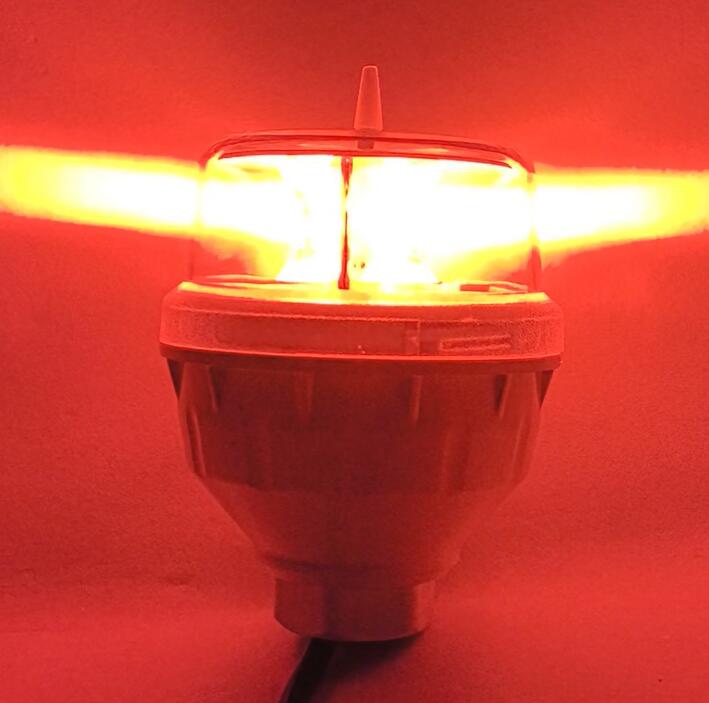Low Intensity Obstruction Light: Essential Safety for Aviation and Infrastructure
In the realm of aviation and infrastructure safety, low intensity obstruction light systems play a crucial role in preventing collisions with structures that pose minimal risk to aircraft. These lights are designed for shorter obstacles, typically under 200 feet, where high-intensity lighting is unnecessary. This article explores the significance, applications, and technological advancements of low intensity obstruction lights, emphasizing their contribution to safety and compliance.
Understanding Low Intensity Obstruction Lights
A low intensity obstruction light is a type of aviation warning light used to mark structures that do not require high-intensity illumination. These lights are typically red or white and provide sufficient visibility for pilots during nighttime or low-visibility conditions. The Federal Aviation Administration (FAA) and other international aviation authorities regulate their use to ensure uniformity and effectiveness.
Unlike high-intensity lights, which are used for taller structures, low intensity obstruction lights are energy-efficient and ideal for:
Telecommunication masts

Power line towers
Cranes and construction equipment
Small wind turbines
| low intensity obstruction light |
Buildings below 200 feet
Key Features of Low Intensity Obstruction Lights
Dual Lighting Modes – Many low intensity obstruction lights offer both steady-burn and flashing options to enhance visibility.
Energy Efficiency – Most modern versions use LED technology, reducing power consumption while maintaining brightness.
Weather Resistance – Designed to endure extreme temperatures, rain, and wind without performance degradation.
| low intensity obstruction lights |
Regulatory Compliance – Meets FAA, ICAO, and other international standards for obstruction lighting.
Easy Installation – Compact and lightweight, making them suitable for various mounting configurations.
Applications in Different Industries
1. Telecommunications
Telecom towers, especially those in rural or less congested airspace, often use low intensity obstruction lights to comply with aviation safety regulations without excessive energy use.
2. Construction and Temporary Structures
Cranes and temporary high-rise construction equipment must be marked to prevent accidents. Low intensity obstruction lights provide a cost-effective and reliable solution.
3. Renewable Energy Infrastructure
Smaller wind turbines and solar panel installations benefit from these lights, ensuring they do not interfere with low-flying aircraft.
4. Urban Buildings
Structures under 200 feet in cities may still require obstruction lighting to comply with local aviation laws, making low intensity obstruction lights a practical choice.
Regulatory Standards and Compliance
Different regions have specific requirements for low intensity obstruction lights:
FAA (U.S.) – Follows AC 150/5345-43J for obstruction light specifications.
ICAO (International) – Provides global guidelines for consistent aviation safety.
EASA (Europe) – Ensures compliance with EU aviation regulations.
Proper installation and maintenance are critical to meet these standards. Regular inspections ensure the lights remain functional and visible.
Advancements in Low Intensity Obstruction Light Technology
1. LED Adoption
Traditional incandescent bulbs are being replaced by LEDs, which offer:
Longer lifespan (up to 100,000 hours)
Lower power consumption
Brighter and more consistent illumination
2. Solar-Powered Options
For remote locations without reliable power sources, solar-powered low intensity obstruction lights provide an eco-friendly and efficient alternative.
3. Smart Monitoring Systems
Some modern systems include remote diagnostics, allowing operators to monitor light status and detect failures in real time.
Installation Best Practices
To maximize effectiveness, low intensity obstruction lights should be:
Positioned at the highest point of the structure
Spaced correctly if multiple lights are needed
Tested regularly to ensure continuous operation
The low intensity obstruction light is a vital component in aviation and infrastructure safety, offering an efficient and compliant way to mark low-risk obstacles. With advancements in LED and solar technology, these lights are becoming more sustainable and reliable. Whether used on telecom towers, cranes, or small buildings, they help maintain safe airspace while minimizing energy consumption.
